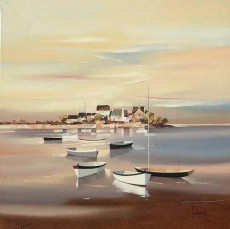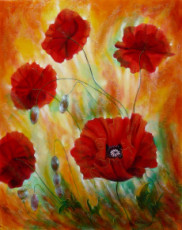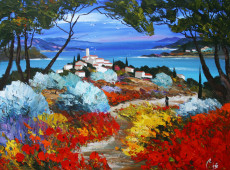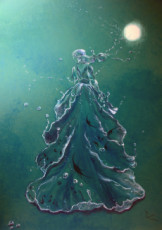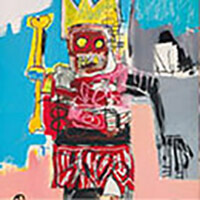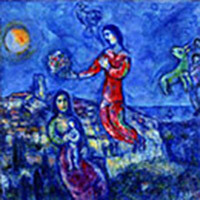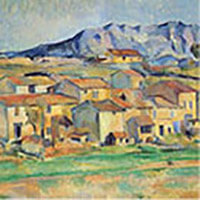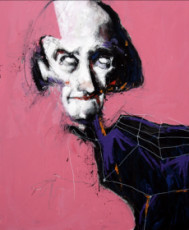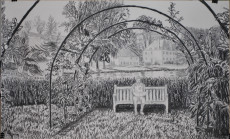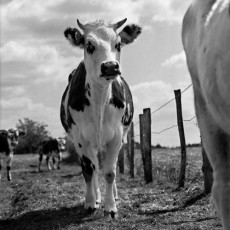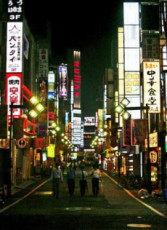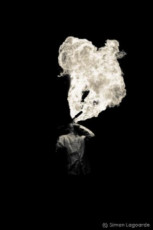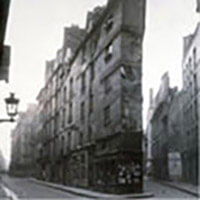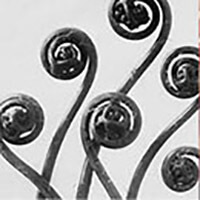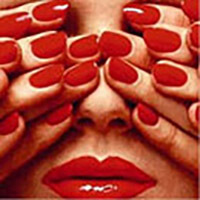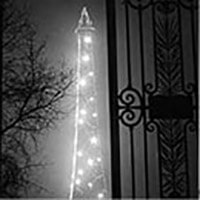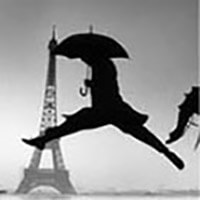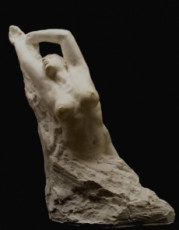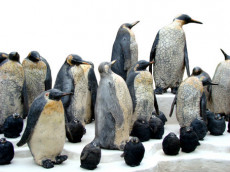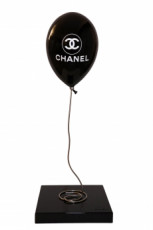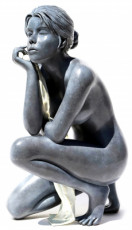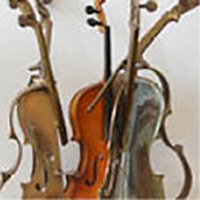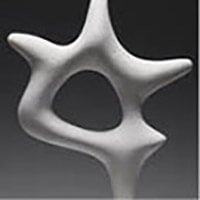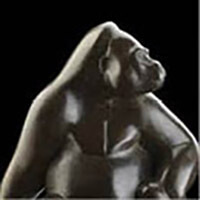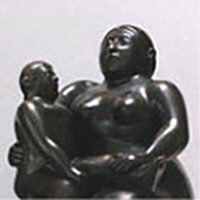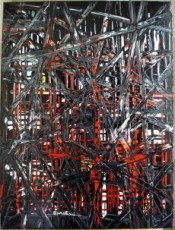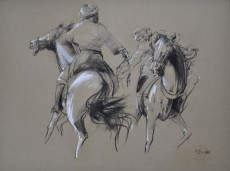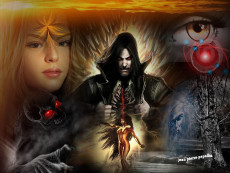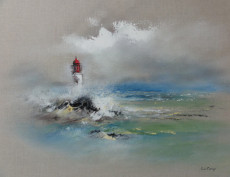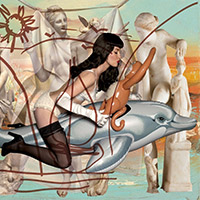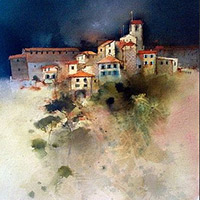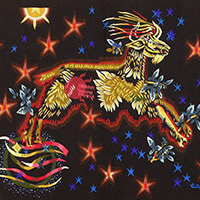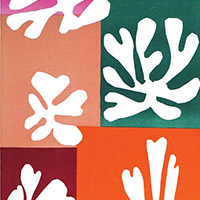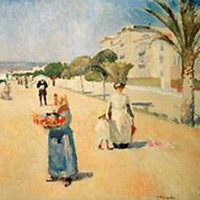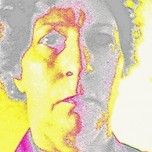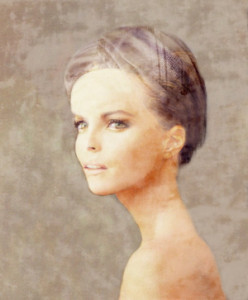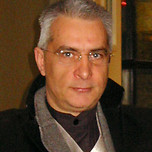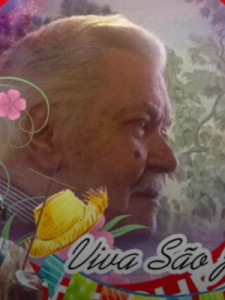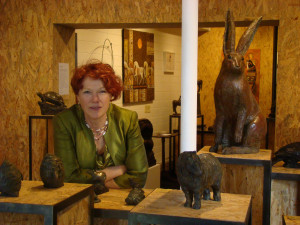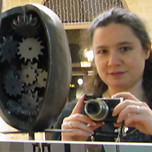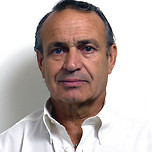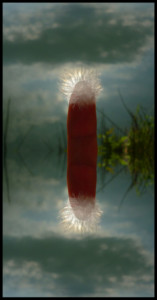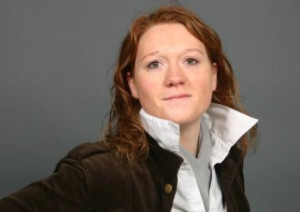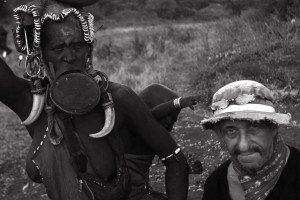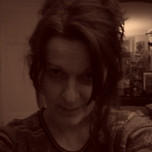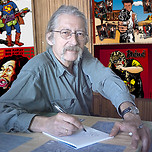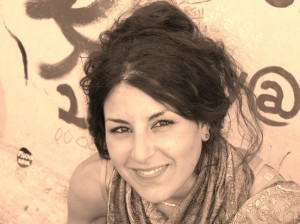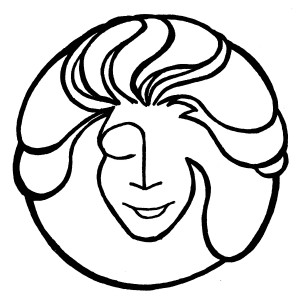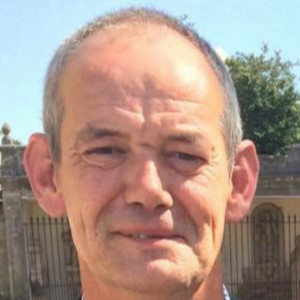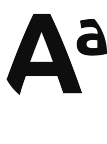
Spotted for you in ARTS KNOWLEDGE

Artistic fiber
on the occasion of the Olga de Amaral exhibition at the Fondation Cartier in Paris until March 16
Hanging Olga de Amaral's works is already an art in itself. It is impossible to simply fix them to the walls or place them on the floor. They are mobiles that are completely suspended. Textile works that can be classified as contemporary art: Fiber Art. From light and airy transparent thread to heavy natural fibers braided or woven using ancestral methods, the Colombian artist multiplies shapes and textures to design mobile panels that structure the space where she exhibits them. Linen, cotton, wool, but also horsehair, rice paper, acrylic and stucco are thus used to offer paintings that are all about movement, playing here with light and there with transparency. These works are unique in that their reverse side is as aesthetic as the front side. They are like paintings whose frame side rivals the canvas side in beauty. These "landscapes" readily evoke the savannahs and jungles of his childhood. But it is with gold and silver that these lighting displays give their full measure. Suspended in the dark and highlighted by lights plunging vertically, the most spectacular works exhibited at the Foundation are marvels of lightness and finesse where the metal seems to become textile. We literally remain hooked on them.
Illustration: Exhibition view © Olga de Amaral. Courtesy Lisson Gallery Photo © Cyril Marcilhacy.

Digital gardener
on the occasion of Miguel Chevalier's exhibitions at the Matmut contemporary art center in Saint-Pierre-de-Varengeville until January 26 and at the Grand Palais Immersif in Paris until April 6
Miguel Chevalier claims to be as much a Man Ray as he is a Nam June Paik. The former's rayograms and the latter's screen installations are sources of inspiration for him in that they experiment with new techniques that open up new imaginaries. And the least we can say is that his own works have always been ahead of their time. A pioneer of digital art, he has used the language of ones and zeros like others use a paintbrush to create plastic works with a plant-based focus since 1978. His "Botanical Pixels" now produce monumental works such as his Extra-Natural in virtual reality, a veritable lush jungle that grows before our eyes or fades according to the movements of visitors. As they pass, the latter also cause the fractal flowers of a herbarium containing two hundred virtual seeds to tilt. With his hybrid creatures between mineral, plant, animal and robotic, Chevalier pushes the game to the point of materializing in three dimensions some of his craziest generative works. This research on immateriality in art places him in the tradition of Op Art and Grav (Visual Art Research Group), whose work on the border between nature and artifice he also extends. Most of the time interactive, Chevalier's installations are created in collaboration with computer scientists whose algorithms often borrowed from biology allow him to produce the artificial life of his moving plants. It was logical that this work of genius tinkerer would meet AI. This is done with the installation I.maginaires A.rtificels developing the themes of security, biometrics and facial recognition to deploy them at the Grand Palais Immersif.
Illustration: Extra-Natural by Miguel Chevalier (2024) www.miguel-chevalier.com

Natural Intelligence
At a time when generative AI can bring to life all the images we can dream of, what need do we have to develop technical mastery of drawing to cut the soft? Because the pencil had until now, perhaps even more than the brush, the monopoly on producing a non-existent reality without trickery or photoshopping of any kind. From nothing, just a lead and a sheet of paper. It is flexible, it is sober and it is devilishly precise when you have the talent of a Gideon Kiefer. Talent is essential but also the culture of the eye that allows you to be close to Dali in dreamlike surrealism on black backgrounds of a cruelty stamped Caravaggio. It is clinical, almost cold and yet it lets emerge in hollow a sensitivity expressed all in half-tones. Difficult to follow for a machine. Because everything is in the finesse of the line. It is a sensitivity of pencil lead. Everything is both hyperrealistic and obviously artificial. We pretend. In Economy of Ghosts, for example, it is the realistic perfection with which the bird is treated that allows it to be made into a terrifying giant frozen upside down by a sadistic taxidermist. Less or more realistic, the image would not work. Go explain that to an Artificial Intelligence.
Illustration: Economy of Ghosts by Gideon Kiefer (2014)
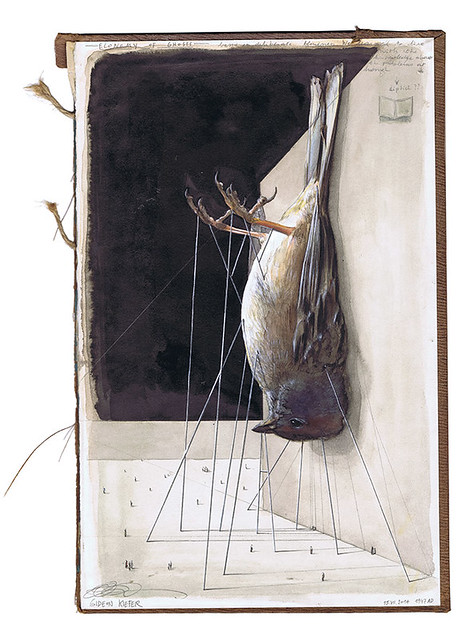
On purpose, casually
Cocteau, Delacroix, Picasso, de Chirico, Rembrandt, Durer, Vinci… who would think that such a multitude of pictorial references could be hidden behind a banal fruit basket in the shape of a still life, a reclining nude or a non-holy Last Supper? Here too, the pencil investigates paths where it does not have to fear competition from AI. All the difference is created in the journey and the pleasure it offers to Ettore Tripodi who accomplishes it. Because it is a pencil in freedom that is involved here. The subject of the drawing is not totally fixed at the start. It is invented along the way as the artist advances. And, when it suddenly becomes fixed, the pencil stroke fades behind the Indian ink and the watercolor that freezes everything in a single image. The secret story that generated it is then reified according to the artist's fantasy and personal mythology. And what if this is precisely where the main escape from the tyrannical rise of generative Artificial Intelligence lies? It can draw anything you ask it to. But what happens when you don't know in advance what needs to be drawn? When ideas and associations are born as you draw. How could the computer manipulate cultural or personal connotations in this way? So it is artificial intelligence that tells us what and how to draw in 2025. All you have to do is draw what you don't know you're going to draw at the start. By letting yourself be carried away by your line. Like Ettore Tripodi.
Illustration: Notturni 34 by Ettore Tripodi (2023)






